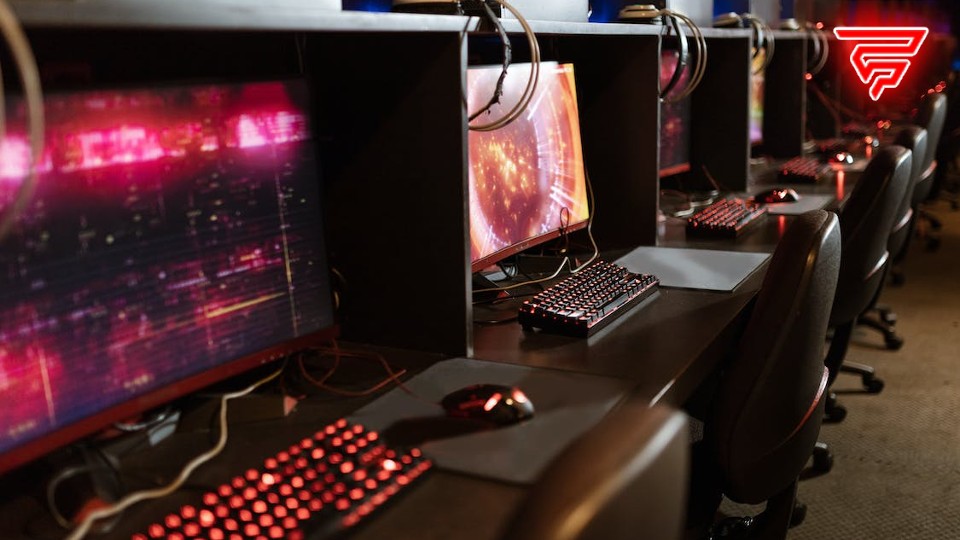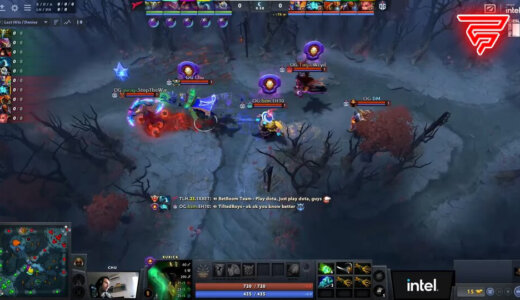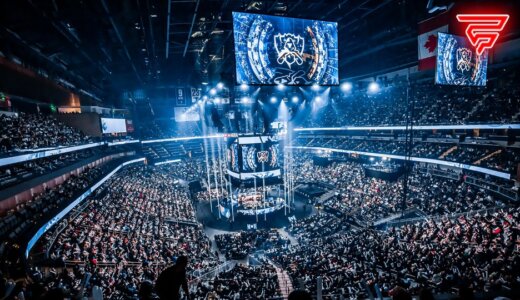2022 was a year of change and growth for the global esports market. We saw this with the acquisition of ESL, a German esports organizing and producing organization, and FACEIT, a U.K. esports platform, for $1.5 billion by Savvy Gaming Group, an esports investment firm in Saudi Arabia.
With this acquisition, Savvy Gaming Group seeks to combine ESL’s skills in designing, producing, and marketing premium esports environments, both festival shows and stadium events, with FACEIT’s expertise in creating world-class technologies for competitive gaming.
Expectations for the global esports market in 2023
With a compound annual growth rate (CAGR) of 16.1%, the global esports sector will grow from $1.41 billion in 2022 to $1.63 billion in 2023. At least temporarily, the conflict between Russia and Ukraine hinders the chances of a global economic upturn related to the COVID-19 pandemic.
The conflict between these two nations has led to supply chain disruptions, a spike in commodity prices, and economic sanctions against other nations, all of which have impacted various markets worldwide.
How the esports market Works
The esports market encompasses the profits earned by companies that manage esports facilities.
Esports are online sports involving electronic technologies and use a human-computer interface for the execution of all functions.
Moreover, esports are played by professional players supported by commercial or athletic groups. Therefore, the value of the associated goods sold by the service provider or incorporated into the provision of the service is included in the market value.
Esports refers to electronic games where players compete in a multiplayer environment that simulates a real or imaginary sport.

Credits: Yan Krukau | Pexels
Regions included in the esports market
Last year, the largest region in the esports market was North America. Additionally, it is anticipated that South America will expand the fastest during the forecasted time.
Regions that are part of the esports market
- Asia-Pacific
- Western Europe
- Eastern Europe
- North America
- South America
- Middle East
- Africa
Main game genres in esports
Among the most popular esports game genres are:
- First-person shooters
- Real-time strategy games
- Sports games
- Fighting games
In a sub-genre, we can mention:
- Multiplayer online battle arenas (MOBAs).
In these game genres, each player controls a character with unique skills that develop throughout the game and contribute to the overall team strategy.
Esports revenue sources
Esports can be played on platforms including P.C., consoles, mobile devices, and others. And its sources of revenue are advertising, sponsorship, products, event tickets, media rights, and publishers’ fees.
The esports market is expanding thanks to the increasing demand for video games and the public’s growing interest in these competitions rapidly.
Technology is growing in virtual reality, video game competitions, and video content. Therefore, pop culture and the way young people consume entertainment have been transformed by video games.
The U.S. video game market is expected to reach $30 billion by 2023, according to PwC’s latest Global Entertainment & Media Outlook.
Video games and esports revenues reached $215.6 billion worldwide in 2021 and are expected to reach $323.5 billion in 2026, growing at a CAGR of 8.5%. The market will increase during the forecast period due to the growing demand for video games and the increasing popularity of esports.
Factors negatively affecting the esports market
The esports industry has long faced significant challenges related to match-fixing. In e-sports, match fixing occurs when a player loses on purpose to win a bet.
The esports market may suffer if fans begin to believe that match-fixing is detracting from the legitimacy of the industry. For example, match-fixing in esports led to the arrest of two Australian players in 2021 in Australia.
In 2020, there were more suspected cases of match-fixing than ever before. Raising fears that COVID-19 produced increased unethical behavior in competitive video gaming. The esports Integrity Commission, the industry body in charge of anti-corruption initiatives, detected 117 cases of suspicious betting in the first eleven months of 2020, up from 46 in 2019.
Investments in the esports market
Companies in the esports sector are betting on new cutting-edge platforms to drive sales, expand their customer base and gain an edge over the competition.
Example of investments
- Loco, a live-streaming platform, introduced Loco Legends, India’s first non-fungible token esports platform, in 2022.
- E-sports One, a U.S. company specializing in e-sports data and analytics, also introduced 2020 a new all-in-one fantasy sports platform. This platform uses a proprietary player performance database and computer vision to produce real-time predictive data.
- In 2022, Egypt’s Telecom and Digital Virgo, a France-based mobile payments expert with Etisalat Misr, created a full-service esports platform to distribute top-notch instructional and entertainment material in Egypt.
Header: RODNAE Productions | Pexels







